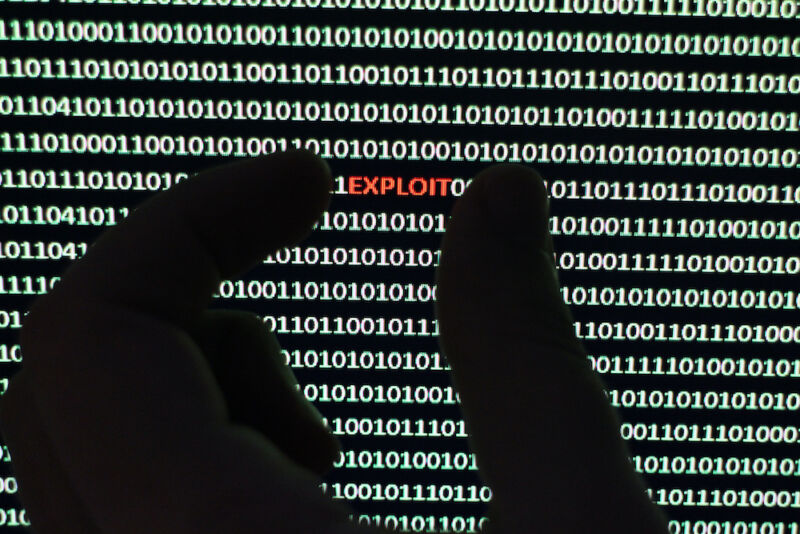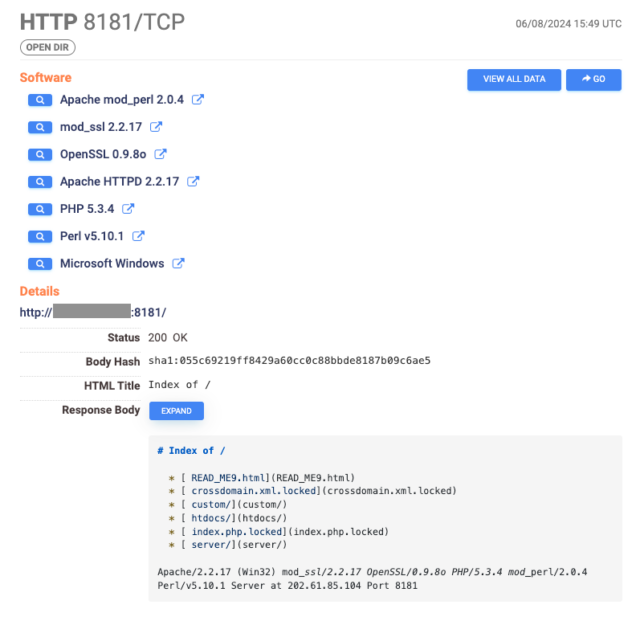
The financially motivated UNC3944 threat group has shifted focus to data theft extortion from software-as-a-service applications but without the use of ransomware variants, which it is historically known for.
UNC3944, also known as 0ktapus, Octo Tempest, Scatter Swine and
Scattered Spider, is a financially motivated threat group that has demonstrated significant adaptability in its tactics since its inception in May 2022.
According to Google-owned cybersecurity company
Mandiant, the threat group has now evolved its strategies to include data theft from SaaS applications. It leverages cloud synchronization tools for
data exfiltration, persistence mechanisms against virtualization platforms and lateral movement via SaaS permissions abuse, Mandiant said.
Data Theft Extortion Without Ransomware
UNC3944 initially focused on credential harvesting and SIM swapping attacks but over the years has transitioned to ransomware. Mandiant has now found evidence that shows the threat group has taken a further leap and now shifted primarily to data theft extortion without any ransomware deployment.
UNC3944’s latest attack lifecycle often begins with social engineering techniques aimed at corporate help desks. Mandiant said the threat group gained initial access exploiting privileged accounts in multiple instances.
The UNC3944 group used personally identifiable information (PII) such as Social
Security numbers, birth dates and employment details likely scraped from social media profiles of the victims to bypass identity verification processes of help desks. They often claimed the need for a multi-factor authentication (MFA) reset due to receiving a new phone, enabling them to reset passwords and bypass MFA protections on privileged accounts.
“Evidence also suggests UNC3944 has occasionally resorted to fear mongering tactics to gain access to victim credentials. These tactics include threats of doxxing personal information, physical harm to victims and their families, and the distribution of compromising material.” - Mandiant
Phase I of UNC3944’s Attack Lifecycle
The first phase of the threat group’s attack lifecycle includes:
- Social Engineering: UNC3944 conducted sophisticated social engineering attacks, leveraging extensive research on victims to gain help desk access.
- Credential Harvesting: Used SMS phishing campaigns to harvest credentials.
- Internal Reconnaissance: After gaining access, conducted reconnaissance on Microsoft applications like SharePoint to gather internal documentation on VPNs, VDI and remote work utilities.
- Privilege Escalation: Abused Okta permissions to self-assign roles and gain broader access to SaaS applications.
[caption id="attachment_77144" align="aligncenter" width="1024"]

UNC3944 attack lifecycle (Source: Mandiant)[/caption]
Phase II of the Attack Lifecycle
In the second phase of UNC3944’s attack lifecycle, the threat group employed aggressive persistence methods through the creation of new virtual machines in environments like vSphere and Azure. They use administrative privileges to create these machines and configure them to disable security policies, such as Microsoft Defender, to avoid detection.
A lack of endpoint monitoring allowed the group to download tools like Mimikatz, ADRecon, and various covert tunneling utilities like NGROK, RSOCX and Localtonet to maintain access to the compromised device without needing
VPN or MFA.
UNC3944 has previously deployed Alphv ransomware on virtual machine file systems but Mandiant said since the turn of 2024, it has not observed ransomware deployment by this threat group.
Focus Shifts to SaaS Applications
The novel shift in UNC3944’s targeting is its exploitation of SaaS applications to gain further access and conduct reconnaissance.
“Mandiant observed access to such applications as vCenter, CyberArk, SalesForce, Azure, CrowdStrike, AWS, and GCP.”
Once the threat group gained access to any of the SaaS applications, they then used endpoint detection and response tooling to test access to the environment and further used tools like Airbyte and Fivetran to exfiltrate data to attacker-owned cloud storage.
Advanced Techniques of Phase II
Some of the advanced techniques demonstrated by UNC3944 in phase two of the attack lifecycle includes:
ADFS Targeting: Exporting Active Directory Federated Services certificates to perform Golden SAML attacks for persistent cloud access.
Data Exfiltration: Using cloud synchronization utilities to move data from SaaS platforms to external cloud storage.
Endpoint Detection and Response (EDR): Creation of API keys in CrowdStrike’s console for executing commands and further testing access.
Anti-Forensic Measures: UNC3944 employed anti-forensic techniques to obscure their activities. They use publicly available utilities to reconfigure virtual machines, disable logging, and remove endpoint protections. The attackers also used ISO files like PCUnlocker to reset local administrator passwords and bypass domain controls.
Abuse of M365 Delve Feature
Mandiant observed advanced M365 features like Microsoft Office Delve being used for data reconnaissance by UNC3944 for uncovering accessible data sources.
Delve offers quick access to files based on group membership or direct sharing and shows personalized content recommendations from M365 sources and mapping organizational relationships. While this feature is useful for collaboration, UNC3944 exploited Delve for rapid reconnaissance, identifying active projects and sensitive information by recent modification.
These resources typically lack sufficient security monitoring and logging. Traditional security controls, like firewalls and network flow sensors, are ineffective for detecting large data transfers from SaaS platforms. Identifying data theft with traditional logs is challenging, and real-time detection remains difficult with historical log analysis.
The storage of sensitive data in SaaS applications poses significant
risks that is often overlooked due to the perceived security of SaaS models. UNC3944 exploited these weaknesses and took advantage of inadequate logging and monitoring to perform data theft undetected.
Recommended Mitigation Steps
Mandiant researchers recommended a number of controls to protect against the threat group's tactics:
- Implement host-based certificates and MFA for VPN access to ensure secure connections.
- Have stricter conditional access policies and limit visibility and access within cloud tenants.
- Have enhanced monitoring through centralized logs from SaaS applications and virtual machine infrastructures to detect suspicious activities.
- Ensure comprehensive logging for SaaS applications to detect signs of malicious intent.






 UNC3944 attack lifecycle (Source: Mandiant)[/caption]
UNC3944 attack lifecycle (Source: Mandiant)[/caption]

 Source: www.tdsb.on.ca[/caption]
In its
Source: www.tdsb.on.ca[/caption]
In its  Source: www.tdsb.on.ca[/caption]
The letter added, "If it is determined that any personal information has been impacted, we will provide notice to all affected individuals. We understand that news of a
Source: www.tdsb.on.ca[/caption]
The letter added, "If it is determined that any personal information has been impacted, we will provide notice to all affected individuals. We understand that news of a 


 Source:
Source: 

 Items seized in Ukraine ransomware arrest[/caption]
The Ukraine
Items seized in Ukraine ransomware arrest[/caption]
The Ukraine 


 Special Health Resources website notice[/caption]
If Special Health’s troubles are linked to a cyberattack, they seem to have fared better than the damage sustained by
Special Health Resources website notice[/caption]
If Special Health’s troubles are linked to a cyberattack, they seem to have fared better than the damage sustained by 

 “Ukrainian President Volodymyr Zelenskyy arrived in Germany late in the evening on Monday, June 10, to take part in an international conference on Ukraine's reconstruction. In his message in Telegram, Zelenskyy said that during his visit he had meetings with German Federal President Frank-Walter Steinmeier, Chancellor Olaf Scholz and Bundestag chairwoman Berbel Bas,” NoName said.
“Ukrainian President Volodymyr Zelenskyy arrived in Germany late in the evening on Monday, June 10, to take part in an international conference on Ukraine's reconstruction. In his message in Telegram, Zelenskyy said that during his visit he had meetings with German Federal President Frank-Walter Steinmeier, Chancellor Olaf Scholz and Bundestag chairwoman Berbel Bas,” NoName said.
 “We decided to visit the conference too, and crush some websites,” it added.
Despite the
“We decided to visit the conference too, and crush some websites,” it added.
Despite the 


 Source:
Source: 





 Ransomware attacks on healthcare in last three years. (Source: Emsisoft)[/caption]
Ransomware attacks on healthcare in last three years. (Source: Emsisoft)[/caption]








